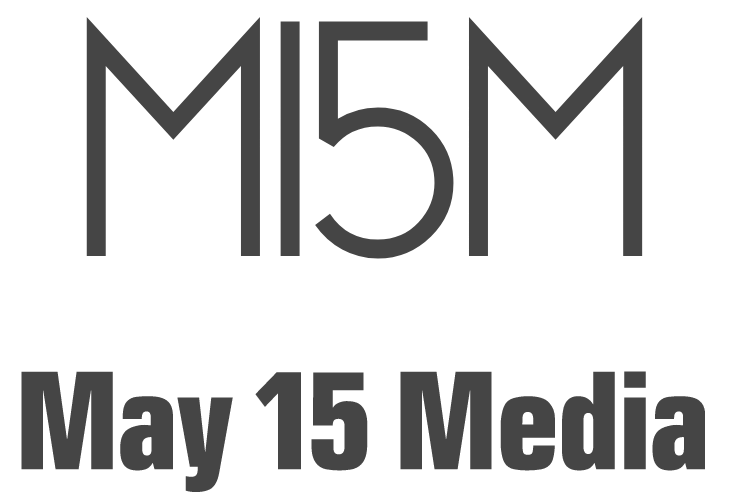
Digital assets are any electronic data that have either monetary or non-monetary value. This includes cryptocurrency, digital artwork, web services, software, and trademarks. Essentially, anything digitized (electronically stored) could be classified as a digital asset. Digital assets offer great benefits to businesses and individuals alike.
Businesses can instantly access their customer data for marketing purposes by using digital assets, and individuals can quickly transfer money without worrying about traditional banking fees. Furthermore, as the rise of blockchain technology continues to proliferate in the world economy, many governments are recognizing digital assets as a legitimate form of currency. This opens up a range of potential business opportunities for those who utilize digital assets correctly.
Table of Contents
Understanding the Basics
Whether you’re a digital asset owner or just thinking about investing in the cryptocurrency or blockchain space, it pays to fully understand how digital tokens are owned and stored. In this blog post, we’ll unpack the basics of being digitally responsible with your cryptocurrencies, explaining concepts such as wallets, private keys, public keys/addresses, and much more – taking some of the intimidating uncertainty out of owning digital assets. Read on to learn how ownership works and secure your future investments safely!
To understand the basics of digital asset ownership, it’s important to understand that, unlike physical assets, digital assets are not tangible and do not have a physical form. This means that they cannot be owned similarly to physical assets, such as real estate or a car. Instead, digital assets are owned by possessing a unique digital key or code that grants access to the asset.
Two main ways to store digital assets are hot and cold storage.
Hot Storage
Hot storage can be a great asset for individuals and businesses that need to access their digital assets quickly. For example, internet access to banking details or inventory records can be invaluable. However, it is important to remember that when connected to the internet, hot storage is more vulnerable than cold storage, which is not connected to the internet.
While convenient, users of hot storage should exercise caution when storing highly sensitive information and use additional security applications such as encryption and password protection where possible. Hot storage has tremendous potential for convenience but must be used carefully to safeguard assets from cyber threats.
Cold Storage
Cold storage provides an extra layer of security for digital assets because it is not connected to the internet and, therefore, is not vulnerable to hackers. This type of storage generally involves using devices such as hardware wallets or paper wallets, which hold the user’s private keys and provide access to digital assets. Users can protect their funds from potential dangers by keeping physical copies of their private keys offline and away from the internet.
While cold storage may be more secure than hot storage, it can be inconvenient due to the necessity of using a physical device or piece of paper when accessing your assets. Therefore, while there are plenty of benefits to cold storage, it is important to consider its security and any possible inconveniences to make an informed decision on how best to store your digital assets.
To sum it up
While there are many ways to store digital assets, it’s important to understand the basics of ownership and key management before entrusting your data to anyone. By understanding how to control access to your data and ensure its integrity, you can ensure that your digital assets are always available when you need them.
If you need help with where to start, our team of experts at Trust The Brokers can help you get started with a comprehensive asset storage plan that meets your needs.






